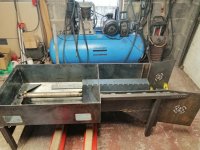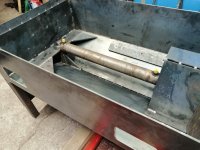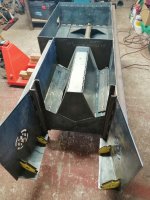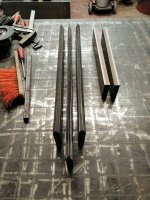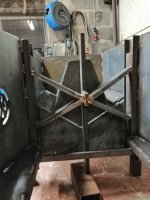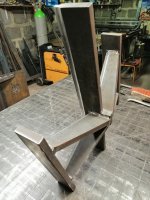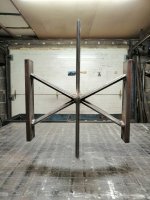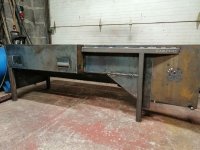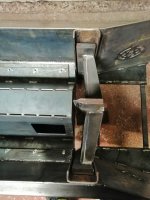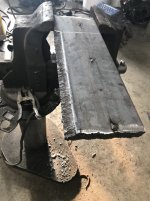Hi thank you for your 2 cent, I appreciate!
I have explain my project a little bite, mostly the type of wood, the quantity I need to process per year, budget, the kind of processor
"inspire" me . Message # 28. But it's true I have not a plan of the design of the processor yet. I need to do some research still and
need some "2 cent" from people before to go to the drawing table. I will post some detailed plan when I have some.
For now, I think that the first "饕auche" of the processor will not have a saw cylinder, may be. I will operate the saw with an arm. I will may be install
a saw cylinder later and I will sketch my plan with this possibility.
I plan to use a gear motor for the saw. Thank you for the F11 but like you said is not necessary.
Maybe this one:
1.53 cu in Salami 2.5MB25R-R55S3 Hydraulic Motor | High Speed Hydraulic Motors | Hydraulic Motors | Hydraulics | www.surpluscenter.com
What do you think?
I plan to build a log infeed convoyer with a belt. I know it's more fragile but it's lighter and less complicated.
But I plan to built a log table like that:
View attachment 591789
With roller with teeth, and I like that it's build on a trailer.
The processor is transported with the tractor 3 point.
The pump is not an easy question. My plan is to use 2 pto pumps on the same shaft. because I can't find a tandem pump that is big enough.
Or is very expensive.
Surplus center don't have many pump with tandem option. they only have two pump option with a too small second pump.
Do you have a website that sell triple or double pump like you discribe?
I think that you can mount this kind of pump if you have a long shaft.
View attachment 591790
I didn't picture exactly what is your idea about the hydraulic circuit.
Like How can I have 3 actuator with one sequence valve?
View attachment 591791
Or maybe the valve of the motor saw have a "button" that, when the saw is lowering the motor start? like in this video at 1min 05sec:
Processeur a bois RR 2�T - YouTube
